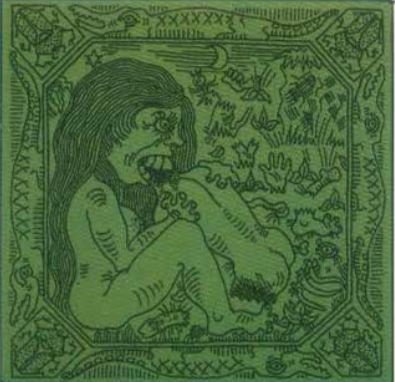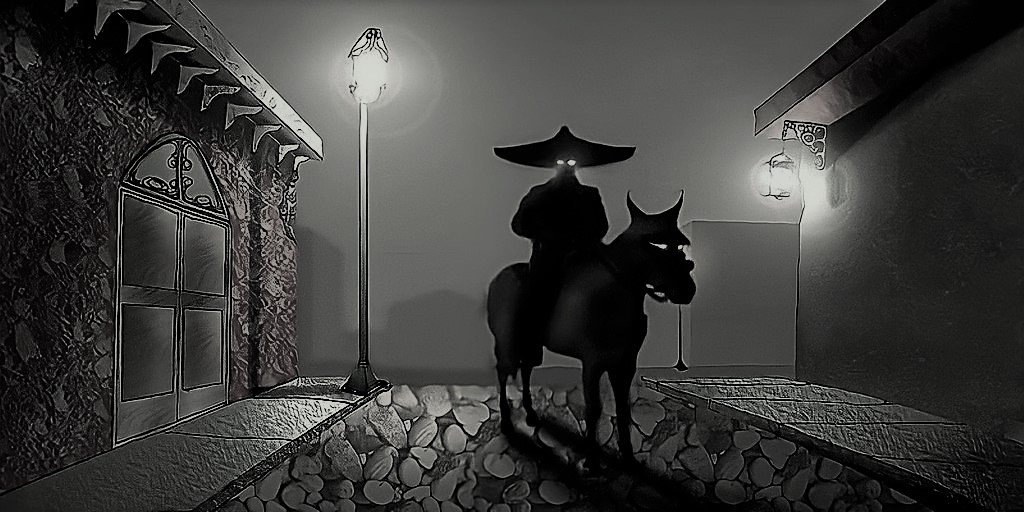The Bat Bombs of World War II
Ideas are a dime a dozen and usually, when someone has a batshit idea, you can ignore them. They can spew whatever nonsense they want since their ideas won’t reach those making real decisions but, the story of the bat bombs of World War II proves the age-old saying, “it’s not what you know, it’s who you know.”
“Who do I need to know to prevent a bomb from being placed on my chest?”
The Attack on Pearl Harbor
On Sunday, December 7th, 1941 Japan attacked the United States in a deadly surprise attack at the Pearl Harbor Naval Base in Hawaii. The devastating attack destroyed or damaged 19 U.S. warships, around 300 aircrafts, and killed over 2,400 U.S. servicemen. Understandably a lot of Americans were angry.
The next day the U.S. declared war on Japan and within a few days Japan’s allies, Germany and Italy, under the Tripartite Pact, declared war on the United States. This brought the United States fully into World War II.
Related Article: The Russian Anti-Tank Dogs of World War II
A Bat Bomb Idea
But while that was going on, a man named Lytle S. Adams was on vacation in New Mexico visiting the Carlsbad Caverns where the bat population can reach over a million. After hearing about the attack on Pearl Harbor, Adams, who liked to invent stuff in his free time, was trying to think of a way to help the war effort. That’s when he saw the bats flying out of Carlsbad Caverns and he realized the bats could be used as weapons.
Or so the story goes…
Look, I’m not doubting that Adams developed this idea and was inspired by having seen the bats at some point, what I am doubting is that he conveniently saw the bats the same day he was trying to think of a plan. Every source I could find says that he just happened to see some bats at the caverns while he was thinking.
But here’s the thing, in December there are no bats in Carlsbad Caverns. Bats migrate to the caverns around May and leave in October, sometimes November, but by December there are no bats in the cavern. So that part of the story feels like a dramatization. It’s not a big deal but it was bothering me.
Related Article: Unsinkable Sam: The World War II Cat
Anyway, Adams knew that bats were pretty strong so maybe they could be fitted with a small incendiary device and dropped over Tokyo. Since the homes there were mainly built with wood and paper, fires would be devastating to the population.
“Okay, but we’ll be fine right?.... hello?”
Adams thought this was a great idea and sent a letter to his friend Eleanor Roosevelt. If that name sounds familiar to you, it’s because she was the wife of the then-current President of the United States, Franklin Delano Roosevelt.
In his letter, Adams was pretty dramatic about the whole thing, stating that bats are the “lowest form of animal life” and “reasons for its creation have remained unexplained” which is bullshit since Batman was created 2 years earlier.
Eleanor told her husband of the plan and, after getting some advice for zoologist Donald Griffin, he approved the plan with Adams leading a team to get it to work. Now you’re probably thinking, “wow, did Adams have some military background or some background in the FBI or intelligence community?”
Nah, he was actually just a Pennsylvanian dentist who knew some people and, I assume, liked fires.
Sorry, dentist is out of office burning shit down
How Bat Bombs Worked
Now working under the United States Army Air Force, there were several obstacles Adams and his team had to figure out in order to get the bat bombs off the ground.
First, they had to test several species of bats, ensuring that they were strong enough, abundant enough, and easy to train. Eventually, they landed on the Mexican Free-Tail Bat who, for some reason, are also known as the Brazillian Free-Tail Bat. I assume this is because the bats didn’t want someone knowing where they’re actually from and then capturing them all for some weird military project.
Now with their bats, the team had to figure out how to create a small enough incendiary device that the bat could carry. Since these bats could carry at most 18g or 6.3 ounces, the devices had to be pretty small.
The team originally was going to rely on white phosphorus but learned of Harvard chemist Louis Fieser's newest invention, napalm. With this new highly flammable gel-like liquid, the team could easily put a dangerous level of it in a small cellulose capsule and stick it to the bat with glue.
“Cool, hey how do we unstick the capsule before it goes off?... Guys?”
Next, the team developed a bomb that could hold over a thousand bats at once. The plan was to force the bats into hibernation by reducing the surrounding temperature, glue napalm capsules onto the bats along with a small 30-minute timer, and then drop the bombs at dawn. As the bomb fell, a parachute would deploy slowing its descent followed by then releasing the bats.
Seems comfortable
The bats would fall out and with the temperature rising, they would wake up from hibernation and fly off to settle in a dark crevice, hopefully, a house. After 30 minutes the napalm would ignite creating a large fire. With so many fires going off at once, there would be ample confusion created, and putting them all out at once would be impossible.
The plan projected minimal loss of life if you don’t count the around a million and a half bats that were going to be used.
“Why wouldn’t I count them?!”
Why Bat Bombs Weren’t Used
If you know your history or if you read the title of this section, you know the bat bombs weren’t used in World War II and that’s due to several factors.
The first real problem the team ran into was the fact that dropping hibernating bats from a canister a thousand feet up in the air wasn’t enough time to wake them up. As the Director of Research and Development for the Office of Strategic Services later put it, “the bats… were dropping like stones.” Except that stones don’t usually die when they hit the ground.
The next major setback occurred during testing on May 15th, 1943 in an Air Base in Carlsbad, New Mexico. Several bats escaped their containers and found a spot to hang out under a fuel tank. The problem was they were carrying the napalm bombs and the 30-minute timer was counting down.
It didn’t end well
With those setbacks, the project was renamed Project X-Ray and handed over to the Navy who then passed it to the Marines by the end of the year. Luckily for Adams and his team, they were able to figure out that pesky hibernation problem and avoided any more stray bat fires.
After a successful test, more tests were scheduled for mid-1944 but the project was canceled as it was estimated the bats wouldn’t be combat-ready until mid-1945. The government also took a look at the price tag and by that point, the project had cost over $2 million. There was also another project that was moving along which was deemed to be more effective than the bat fires, that project was the atomic bomb.
In the end, the United States went along with the atomic bomb that devasted the cities of Nagasaki and Hiroshima. We’ll never know how different the war would have turned out, but we know that the use of the atomic bomb did help bring about the end of World War II, and history would be completely different had they not been used.
Quick Facts
President Roosevelt defended the plan by stating “This man is not a nut. It sounds like a perfectly wild idea but is worth looking into.” But from the moment you have to start a defense by stating the person you’re defending is “not a nut”, you know that person is a nut.
Lytle S. Adams went on to unsuccessfully get funding for a fried chicken vending machine among other ideas


















